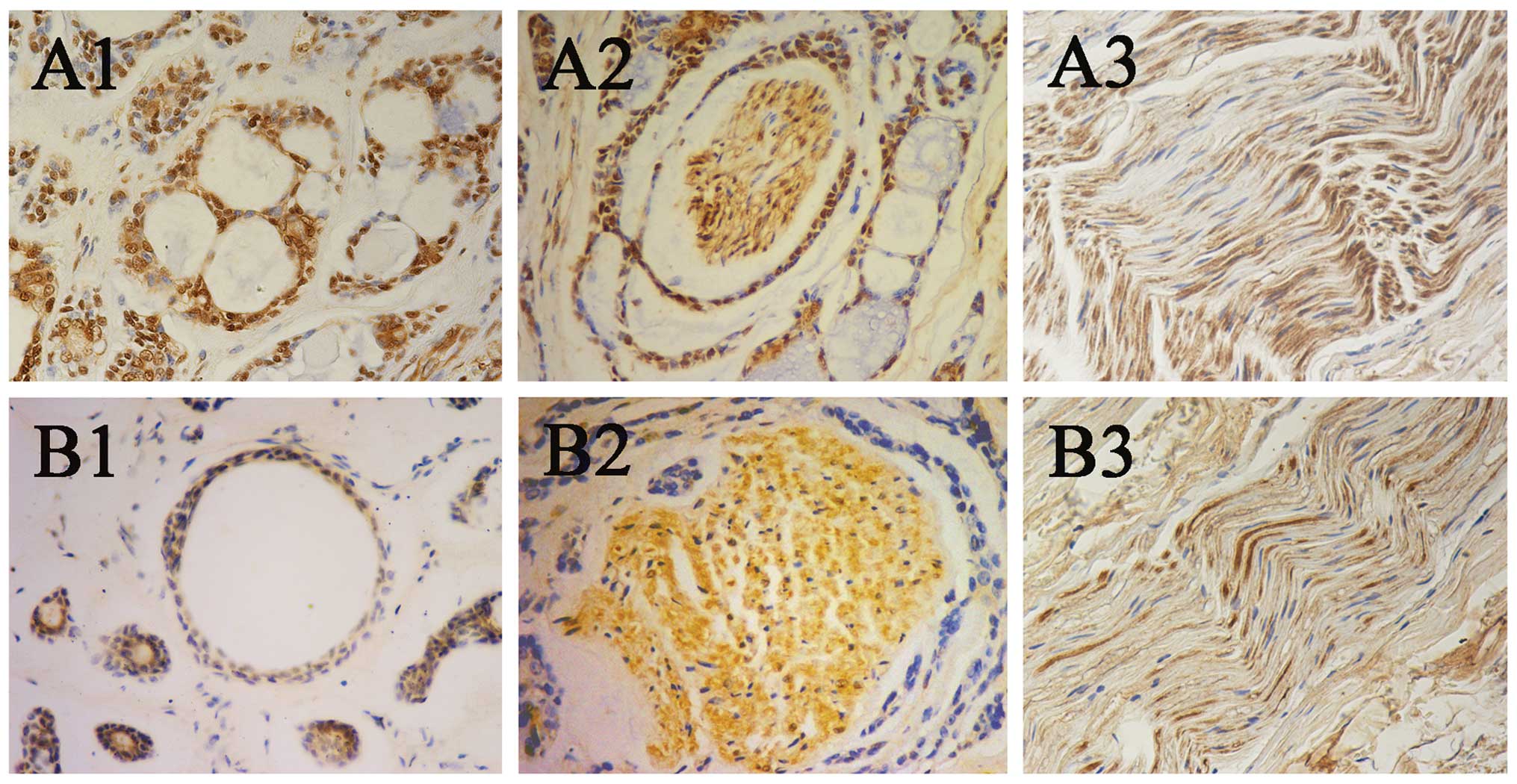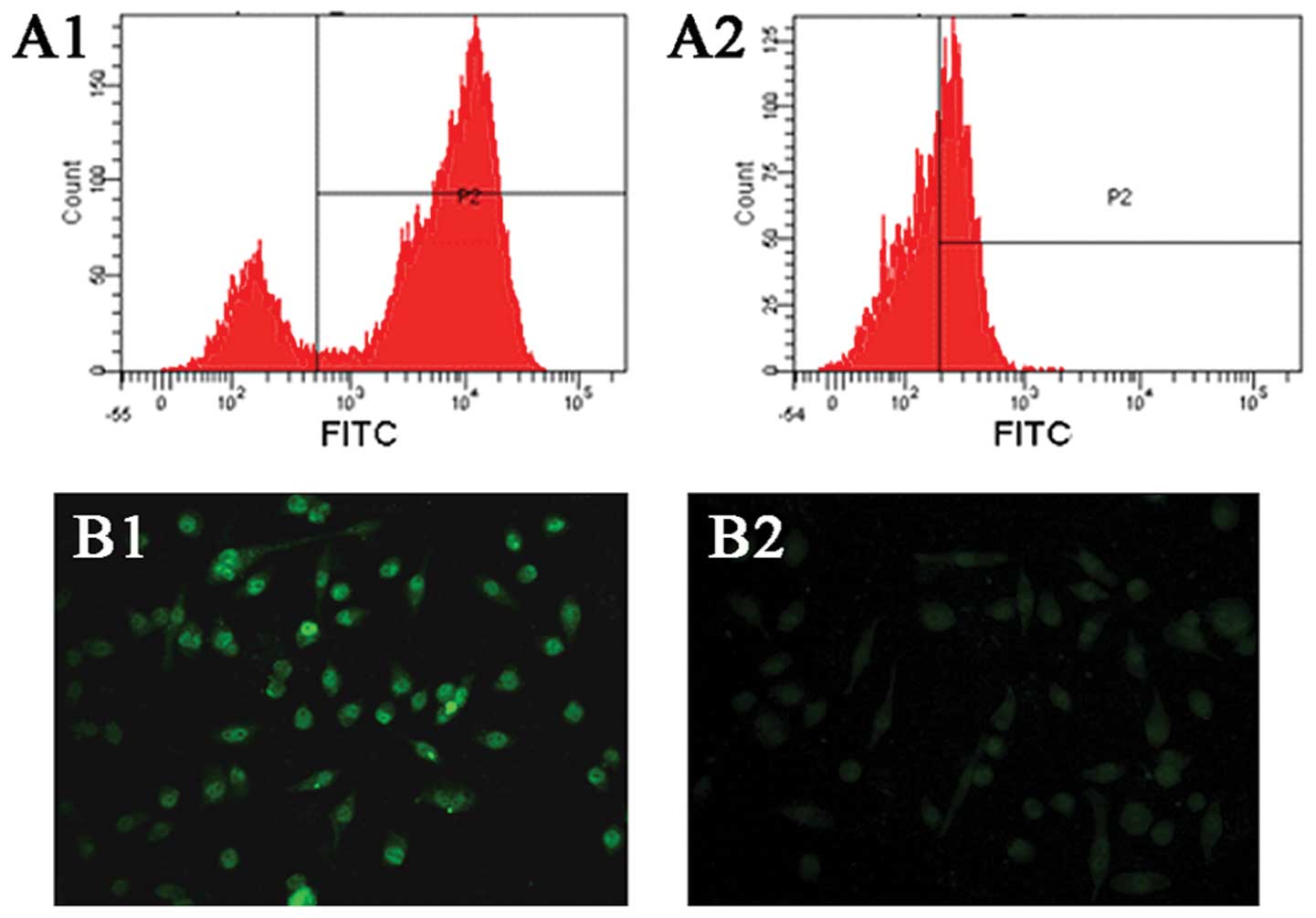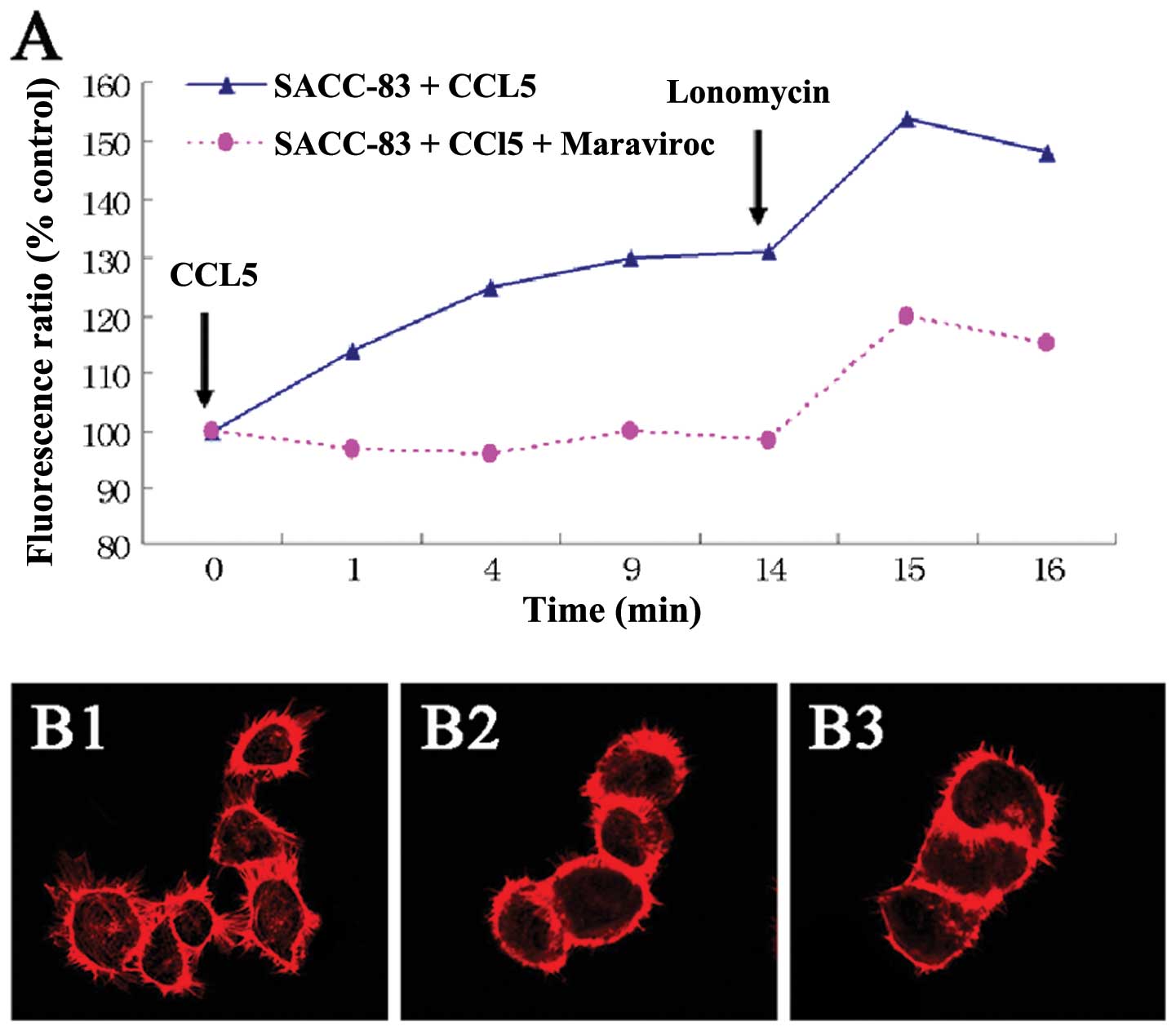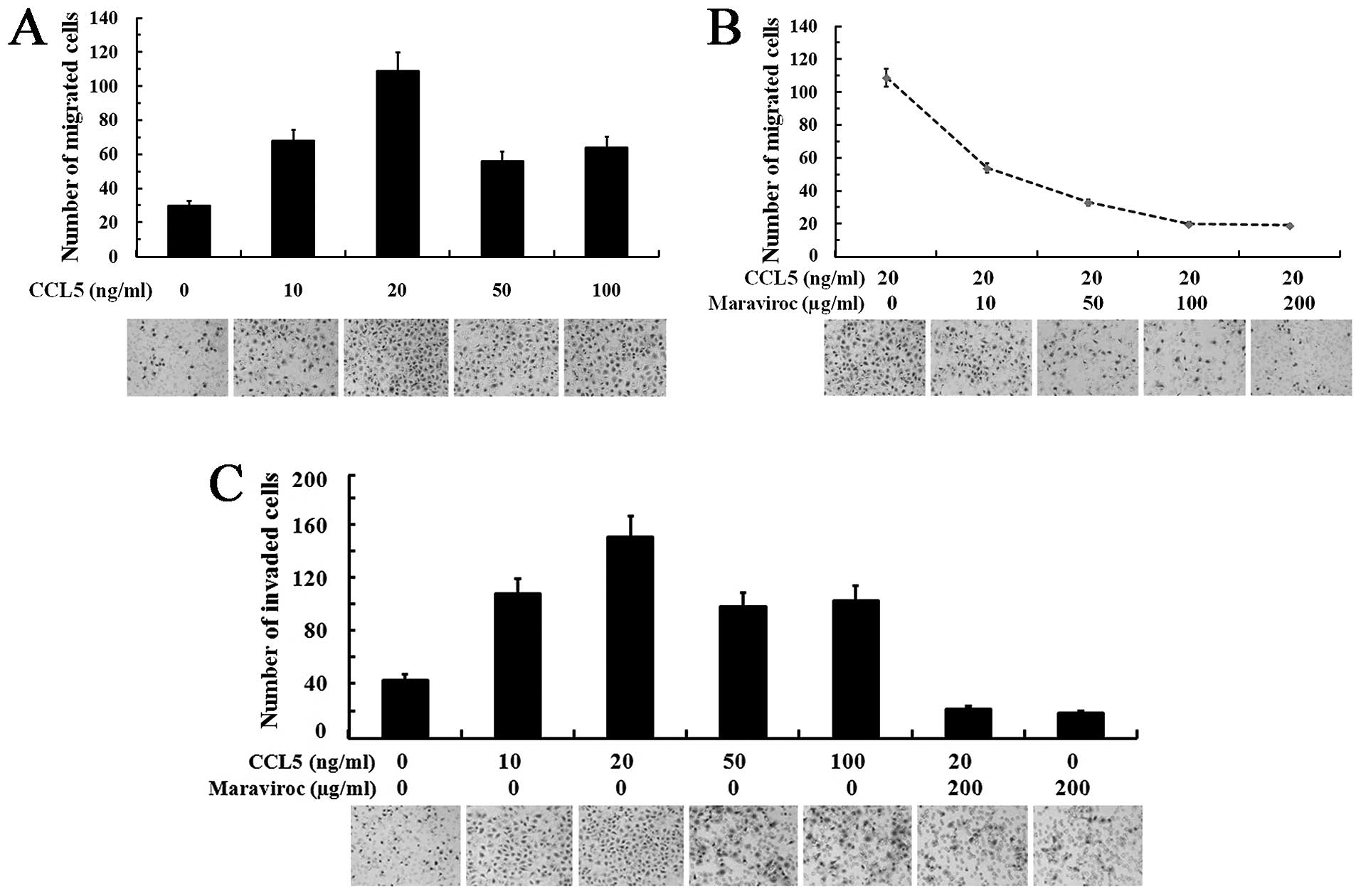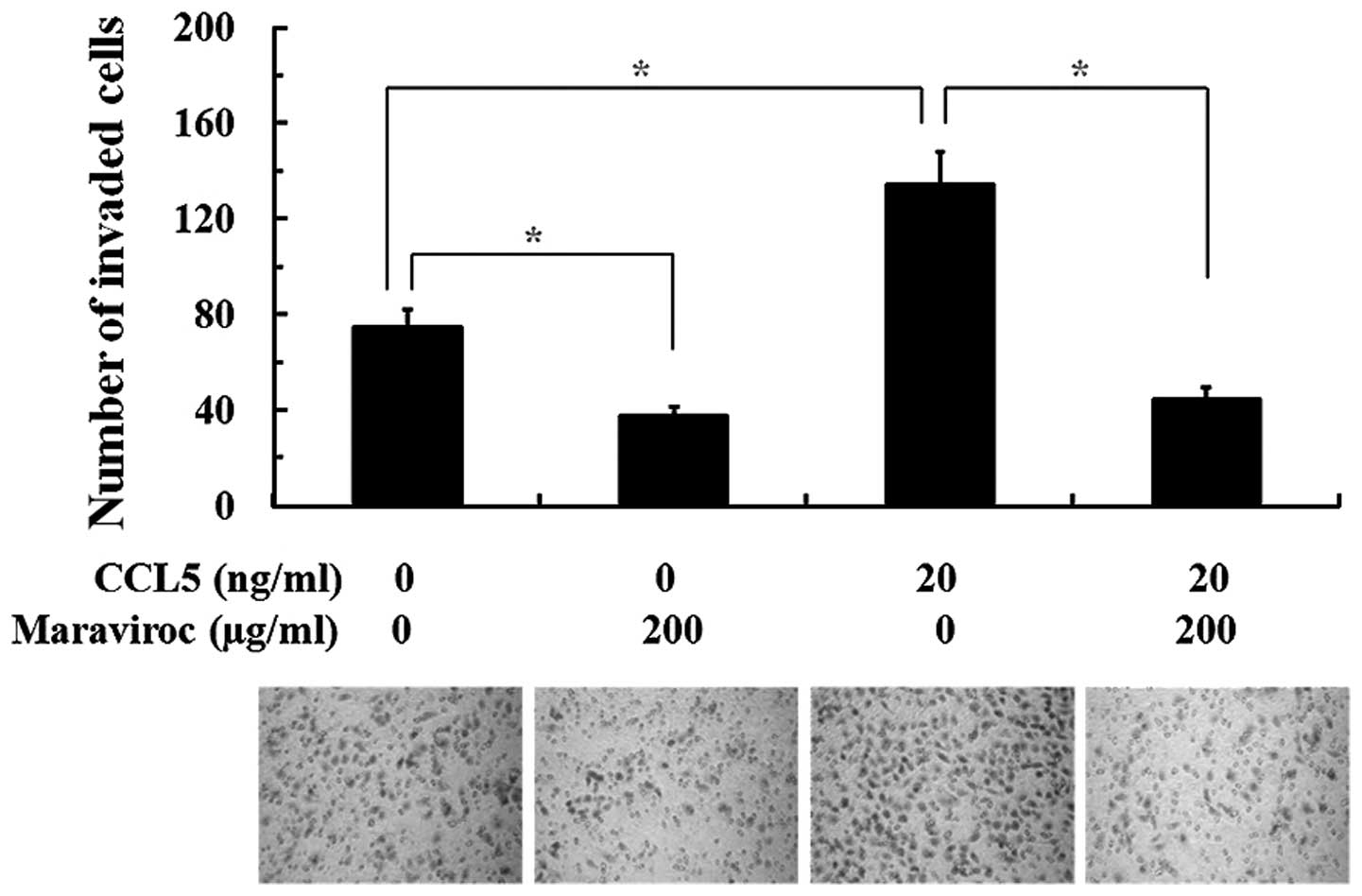|
1
|
Liebig C, Ayala G, Wilks JA, Berger DH and
Albo D: Perineural invasion in cancer: a review of the literature.
Cancer. 115:3379–3391. 2009. View Article : Google Scholar : PubMed/NCBI
|
|
2
|
Barrett AW and Speight PM: Perineural
invasion in adenoid cystic carcinoma of the salivary glands: a
valid prognostic indicator? Oral Oncol. 45:936–940. 2009.
View Article : Google Scholar : PubMed/NCBI
|
|
3
|
Johnston M, Yu E and Kim J: Perineural
invasion and spread in head and neck cancer. Expert Rev Anticancer
Ther. 12:359–371. 2012. View
Article : Google Scholar : PubMed/NCBI
|
|
4
|
Poeschl EM, Pollheimer MJ, Kornprat P, et
al: Perineural invasion: correlation with aggressive phenotype and
independent prognostic variable in both colon and rectum cancer. J
Clin Oncol. 28:e358–e360. 2010. View Article : Google Scholar
|
|
5
|
Fromont G, Godet J, Pires C, Yacoub M,
Dore B and Irani J: Biological significance of perineural invasion
(PNI) in prostate cancer. Prostate. 72:542–548. 2012. View Article : Google Scholar : PubMed/NCBI
|
|
6
|
Sakurai J, Fujii Y and Shirotani M:
Contraction induced by Clostridium perfringens alpha toxin
in the isolated rat ileum. Toxicon. 28:411–418. 1990.
|
|
7
|
Cavel O, Shomron O, Shabtay A, et al:
Endoneurial macrophages induce perineural invasion of pancreatic
cancer cells by secretion of GDNF and activation of RET tyrosine
kinase receptor. Cancer Res. 72:5733–5743. 2012. View Article : Google Scholar
|
|
8
|
Bapat AA, Hostetter G, von Hoff DD and Han
H: Perineural invasion and associated pain in pancreatic cancer.
Nat Rev Cancer. 11:695–707. 2011. View
Article : Google Scholar : PubMed/NCBI
|
|
9
|
Wang SW, Wu HH, Liu SC, et al: CCL5 and
CCR5 interaction promotes cell motility in human osteosarcoma. PLoS
One. 7:e351012012. View Article : Google Scholar : PubMed/NCBI
|
|
10
|
McIver SC, Loveland KL, Roman SD, Nixon B,
Kitazawa R and McLaughlin EA: The chemokine CXCL12 and its receptor
CXCR4 are implicated in human seminoma metastasis. Andrology.
1:517–529. 2013. View Article : Google Scholar : PubMed/NCBI
|
|
11
|
Zhu Q, Han X, Peng J, Qin H and Wang Y:
The role of CXC chemokines and their receptors in the progression
and treatment of tumors. J Mol Histol. 43:699–713. 2012. View Article : Google Scholar : PubMed/NCBI
|
|
12
|
Lv D, Zhang Y, Kim HJ, Zhang L and Ma X:
CCL5 as a potential immunotherapeutic target in triple-negative
breast cancer. Cell Mol Immunol. 10:303–310. 2013. View Article : Google Scholar : PubMed/NCBI
|
|
13
|
Bolin LM, Murray R, Lukacs NW, et al:
Primary sensory neurons migrate in response to the chemokine
RANTES. J Neuroimmunol. 81:49–57. 1998. View Article : Google Scholar : PubMed/NCBI
|
|
14
|
Vaday GG, Peehl DM, Kadam PA and Lawrence
DM: Expression of CCL5 (RANTES) and CCR5 in prostate cancer.
Prostate. 66:124–134. 2006. View Article : Google Scholar : PubMed/NCBI
|
|
15
|
Borczuk AC, Papanikolaou N, Toonkel RL, et
al: Lung adenocarcinoma invasion in TGFβRII-deficient cells
is mediated by CCL5/RANTES. Oncogene. 27:557–564. 2008.PubMed/NCBI
|
|
16
|
Zhang Y, Yao F, Yao X, et al: Role of CCL5
in invasion, proliferation and proportion of
CD44+/CD24− phenotype of MCF-7 cells and
correlation of CCL5 and CCR5 expression with breast cancer
progression. Oncol Rep. 21:1113–1121. 2009.PubMed/NCBI
|
|
17
|
Swamydas M, Ricci K, Rego SL and Dréau D:
Mesenchymal stem cell-derived CCL-9 and CCL-5 promote mammary tumor
cell invasion and the activation of matrix metalloproteinases. Cell
Adh Migr. 7:315–324. 2013. View Article : Google Scholar : PubMed/NCBI
|
|
18
|
Pinilla S, Alt E, Abdul Khalek FJ, et al:
Tissue resident stem cells produce CCL5 under the influence of
cancer cells and thereby promote breast cancer cell invasion.
Cancer Lett. 284:80–85. 2009. View Article : Google Scholar : PubMed/NCBI
|
|
19
|
Velasco-Velázquez M, Jiao X, De La Fuente
M, et al: CCR5 antagonist blocks metastasis of basal breast cancer
cells. Cancer Res. 72:3839–3850. 2012.PubMed/NCBI
|
|
20
|
Demir IE, Friess H and Ceyhan GO:
Nerve-cancer interactions in the stromal biology of pancreatic
cancer. Front Physiol. 3:972012. View Article : Google Scholar : PubMed/NCBI
|
|
21
|
Li LJ, Li Y, Wen YM, Liu H and Zhao HW:
Clinical analysis of salivary gland tumor cases in West China in
past 50 years. Oral Oncol. 44:187–192. 2008.PubMed/NCBI
|
|
22
|
Yang X, Dai J, Li T, et al: Expression of
EMMPRIN in adenoid cystic carcinoma of salivary glands: correlation
with tumor progression and patients’ prognosis. Oral Oncol.
46:755–760. 2010.PubMed/NCBI
|
|
23
|
Sukhanova KY, Harhun MI, Bouryi VA and
Gordienko DV: Mechanisms of [Ca2+]i elevation following P2X
receptor activation in the guinea-pig small mesenteric artery
myocytes. Pharmacol Rep. 65:152–163. 2013.
|
|
24
|
Yang X, Zhang P, Ma Q, et al: EMMPRIN
contributes to the in vitro invasion of human salivary
adenoid cystic carcinoma cells. Oncol Rep. 27:1123–1127. 2012.
|
|
25
|
Yang X, Zhang P, Ma Q, et al: EMMPRIN
silencing inhibits proliferation and perineural invasion of human
salivary adenoid cystic carcinoma cells in vitro and in vivo.
Cancer Biol Ther. 13:85–91. 2012. View Article : Google Scholar
|
|
26
|
Bravo-Cordero JJ, Hodgson L and Condeelis
J: Directed cell invasion and migration during metastasis. Curr
Opin Cell Biol. 24:277–283. 2012. View Article : Google Scholar : PubMed/NCBI
|
|
27
|
Olson MF and Sahai E: The actin
cytoskeleton in cancer cell motility. Clin Exp Metastasis.
26:273–287. 2009. View Article : Google Scholar : PubMed/NCBI
|
|
28
|
Detchokul S, Williams ED, Parker MW and
Frauman AG: Tetraspanins as regulators of the tumour
microenvironment: implications for metastasis and therapeutic
strategies. Br J Pharmacol. Jun 3–2013.(Epub ahead of print).
View Article : Google Scholar
|
|
29
|
Dai H, Li R, Wheeler T, Ozen M, et al:
Enhanced survival in perineural invasion of pancreatic cancer: an
in vitro approach. Hum Pathol. 38:299–307. 2007. View Article : Google Scholar : PubMed/NCBI
|
|
30
|
Swanson BJ, McDermott KM, Singh PK, Eggers
JP, Crocker PR and Hollingsworth MA: MUC1 is a counter-receptor for
myelin-associated glycoprotein (Siglec-4a) and their interaction
contributes to adhesion in pancreatic cancer perineural invasion.
Cancer Res. 67:10222–10229. 2007. View Article : Google Scholar
|
|
31
|
Sayana S and Khanlou H: Maraviroc: a new
CCR5 antagonist. Expert Rev Anti Infect Ther. 7:9–19. 2009.
View Article : Google Scholar
|
|
32
|
Kast RE: Glioblastoma: synergy of growth
promotion between CCL5 and NK-1R can be thwarted by blocking CCL5
with miraviroc, an FDA approved anti-HIV drug and blocking NK-1R
with aprepitant, an FDA approved anti-nausea drug. J Clin Pharm
Ther. 35:657–663. 2010. View Article : Google Scholar : PubMed/NCBI
|















